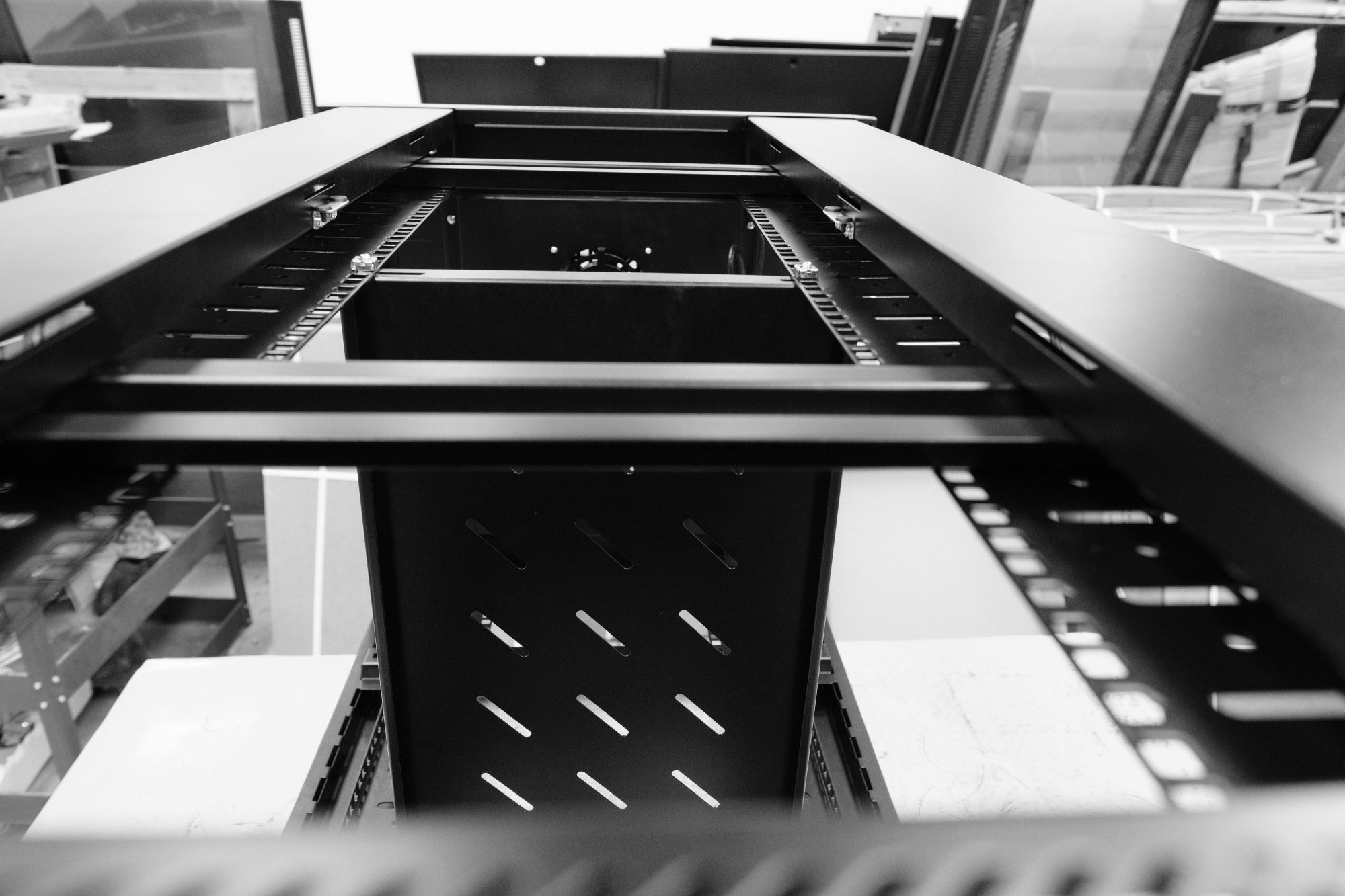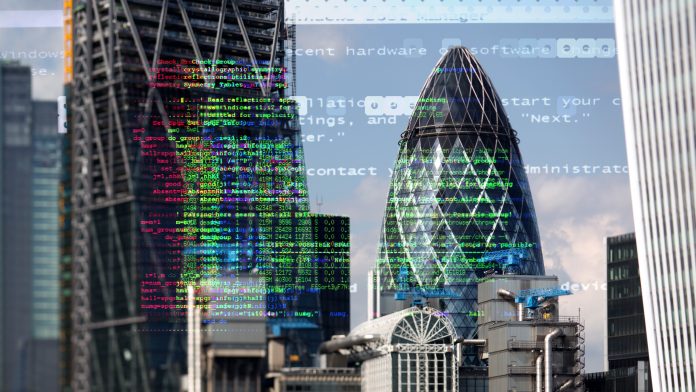How can data centres become more sustainable in an age when our digital lives demand increasing volumes of energy?
The internet is only becoming more prevalent in powering how we live and work – with wired and wireless digital connectivity a fundamental component of our work and social lives. It has to live somewhere, usually in data centres, and energy is needed to keep it running so we can continue to access apps, stream videos, stay in touch, work and shop. However, whilst consuming large volumes of energy, it’s still more efficient to centralise IT resources in modern data centres than relying upon on-premise storage solutions. But that’s not to say that everyone, from global organisations to individuals, must take responsibility for reducing their impact on the planet.
David Watkins, solutions director for VIRTUS Data Centres, explains what else data centres can do to mitigate the power they use to enable our digital lives: “Being responsible with the use of energy and ensuring that operations are as efficient as possible means that data centres have already made great strides in reducing the impact they have on the environment. Data centre operators have embraced renewable energy sources for several years and striven to make major efficiencies in areas like power and cooling – as well as committing to green building practices for the long term.”
But what’s next? What can data centre operators do today to get ahead of the game on mandatory climate change and environmental sustainability commitments and reduce their environmental impact?

Is a holistic strategy the way forward for data centres?
Watkins assures us: “Data centre users can be confident that the savviest providers are focusing on delivering a holistic green strategy, where environmental ambitions are built into every step of construction and maintenance.”
Regarding building facilities, BREEAM (Building Research Establishment Environmental Assessment Method) standards look at the green credentials of commercial buildings, verifying their performance and comparing them against sustainability benchmarks.
‘BREEAM measures sustainable value in a series of categories, ranging from energy to ecology’
Watkins explains: “BREEAM measures sustainable value in a series of categories, ranging from energy to ecology. Each category addresses the most influential factors, including low-impact design and carbon emissions reduction; design durability and resilience; adaption to climate change; and ecological value and biodiversity protection.
“As well as the commitment to meeting BREEAM specifications, many providers also employ a modular build methodology to deploy capacity as and when required. This drives up utilisation and maximises efficiency (both from an operational and cost perspective).”
When examining plant management, there are now many technologies and methodologies which can be deployed to drive efficiency. Examples of this include highly efficient Uninterrupted Power Supply (UPS), where unused capacity can “hibernate” to reduce electrical losses. Computer Room Air Conditioning (CRAC) units are typically equipped with variable speed fans that will regulate in line with demand to reduce energy consumption. Pumps are equipped with variable speed drives, which again will regulate in line with demand to reduce consumption. And chillers often have “free cooling” functionality, where within defined and acceptable temperature ranges, cooling can be provided at a much lower cost.
This is achieved by allowing chilled water to bypass an existing chiller and run through the free cooling system, which uses less power and the lower ambient air temperature to cool the water. Ground and air source heat pumps are also being deployed, along with local energy generation, all using clean, naturally available resources.
Providers must think beyond their organisations
“We believe that the requirement to treat sustainability as a comprehensive, integrated initiative will only increase in importance,” Watkins adds. “Indeed, we will see providers think beyond their own organisations – looking for greenhouse gas (GHG) emissions and cost reduction opportunities outside their own operations.
“Until now, we’ve seen companies successfully tackle their Scope 1 emissions (those from owned or controlled sources) and their Scope 2 emissions (indirect emissions from the generation of purchased electricity, steam, heating and cooling). However, the big focus now is on tackling Scope 3 emissions, which include the indirect emissions that occur in a company’s value chain such as business travel, purchased goods and services, waste disposal and even employee commuting.”
By measuring their Scope 3 emissions, data centre providers can assess where the emission hotspots are in their supply chain, identify energy efficiency and cost reduction opportunities – and engage suppliers and assist them in implementing sustainability initiatives.
Evolution not revolution
“It’s important to remember,” Watkins continues, “that there is already a great deal of good work being done in the data centre industry to meet its sustainability obligations – and which we will see grow and evolve.
“The ability of data centre providers to harness renewable energy sources has been game-changing in the industry’s pursuit of a greener future. Many providers now use 100 per cent renewable energy from sources like hydro, wind and solar. And the great news is that renewable energy is now not only more affordable than fossil fuels, but can also be more reliable.”
Data centre providers have also been looking closely at their fuel sources
Data centre providers have also been looking closely at the fuel sources they use – and significant progress is being made on this front too. The use of Hydrotreated Vegetable Oil instead of diesel in our generators has the potential to reduce carbon emissions by up to 90 per cent – as well as eliminate sulphur dioxide emissions and reduce harmful nitrogen oxides.
Looking ahead, Watkins said: “Forward-looking innovation is ongoing, which promises to pay dividends in the long term. Technological developments in areas such as fuel cells are continuing at a pace – and while they’re not viable right now, if they can perform at scale, they might present a compelling option for future green data centre power.”
Collaboration key for future of sustainable data centres
So the future looks bright for the data centre industry and its customers, with many providers working hard to look at all the things that they can do to meet their most pressing sustainability goals, from design and construction to getting the most out of equipment and managing partners in the supply chain. Reducing a facility’s carbon footprint requires more than making tweaks at an existing site, and many providers now realise that being green starts even before they get to the construction phase – putting time and effort into designing sustainable facilities and using low-carbon materials, which are fit for the future.
Watkins’ concludes: “No company can achieve all of this alone, and the industry must work together to solve its green challenges. From sharing best practices to setting up multi-party task forces, there is scope for more collaboration. Indeed, it’s only by working together that we will make the necessary steps to green this power-hungry industry truly.”
Written by David Watkins, Virtus Data Centres











